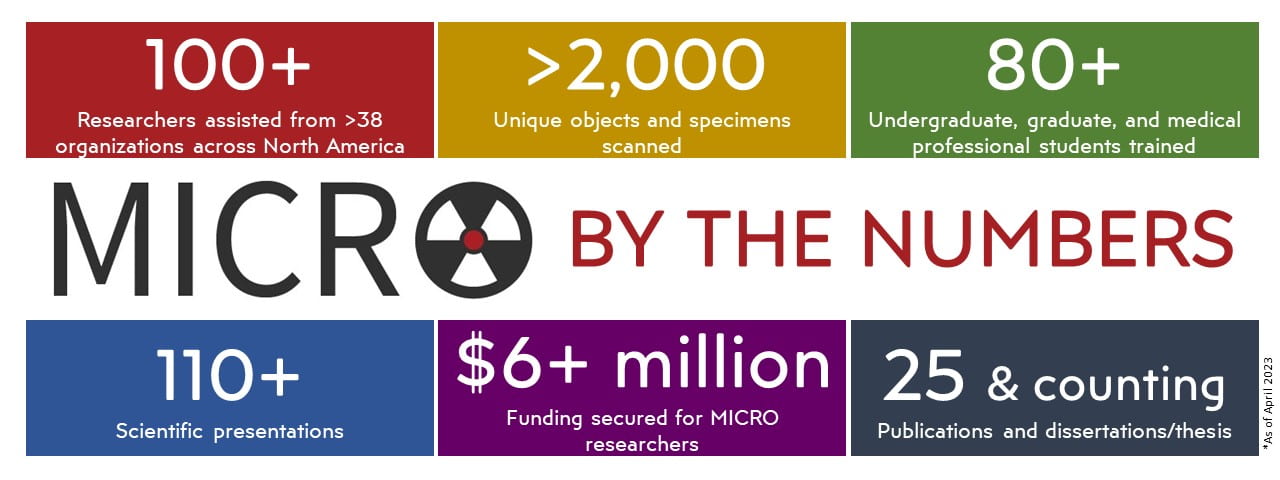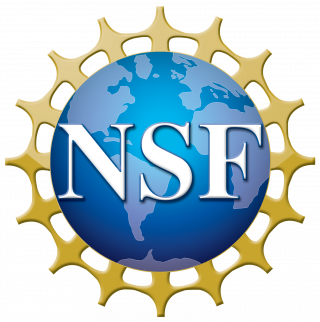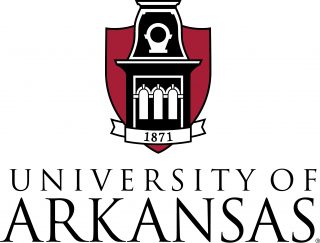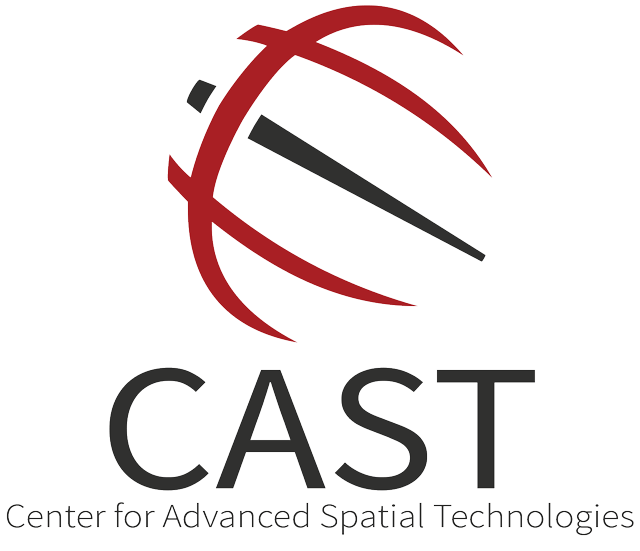The MicroCT Imaging Consortium for Research and Outreach (MICRO) was founded in 2018 and is the home of the University of Arkansas’s micro computed tomography (microCT or µCT) system. MICRO is nested within and managed by the Center for Advanced Spatial Technologies (CAST), which is dedicated to applying geospatial technologies in research, teaching, and service.
MicroCT uses X-rays to non-destructively generate high-resolution two- and three-dimensional (2D/3D) representations of an object’s internal and external structure down to the submillimeter, micro- (1–100 microns) and even nano-scales (< 1 micron). This type of imaging is applicable for a wide variety of materials including bone and contrast-enhanced biological tissues, well-mineralized geological and paleontological specimens, archaeological artifacts such as ceramics or woven basketry, as well as additively manufactured and engineered materials with applications in developing next-generation power sources, biomedical engineering, and beyond. If you would like to learn more about potential applications of microCT for your own research, please visit the Scanning FAQs page or contact us at micro@uark.edu. Basic information about how microCT works, and the specifications of the system housed at MICRO can be found on the MICRO Equipment page and details about scanning fees and options are on the Scanning and Data Processing page.

Funding and Acknowledgements
The acquisition of this equipment was made possible by a Major Research Instrumentation (MRI) grant from the National Science Foundation (NSF BCS-1725925) to PIs Claire Terhune, Paul Gignac, Haley O’Brien, George Sabo, and Wenchao Zhou (See Contacts) and with the generous support of the University of Arkansas and State of Arkansas.



